NASA engineers have designed a mass-producible ventilator tailored to coronavirus patients, and it could get emergency approval from the Food and Drug Administration by the weekend.
Get the latest international news and world events from around the world.

Elon Musk’s Internet for Everyone Is Coming Very Soon
Elon Musk says SpaceX’s ambitious Starlink satellite internet setup has made great steps toward providing good internet to previously low-priority locations. Musk’s Starlink plan accounts for an eventual 40,000 satellites in orbit to blanket the globe in internet coverage, far surpassing any existing satellite internet service.

China reveals name, logo for its ‘Tianwen’ first Mars landing mission
— China revealed the name and logo for its first mission aimed at landing on the planet Mars to mark the 50th anniversary of its first satellite launch.
Celebrating the country’s Space Day on Friday (April 24), the China National Space Administration (CNSA) announced that its upcoming robotic mission to the Red Planet will be named “Tianwen-1.” The name, borrowed from an ancient Chinese verse by poet Qu Yuan, translates to “questions about the heavens.”
“In ‘Tianwen,’ Qu Yuan raised a series of questions in verse involving the sky, stars, natural phenomena, myths and the real world, showing his doubts about some traditional concepts and the spirit of seeking the truth,” reported the state-run Chinese news service Xinhua.
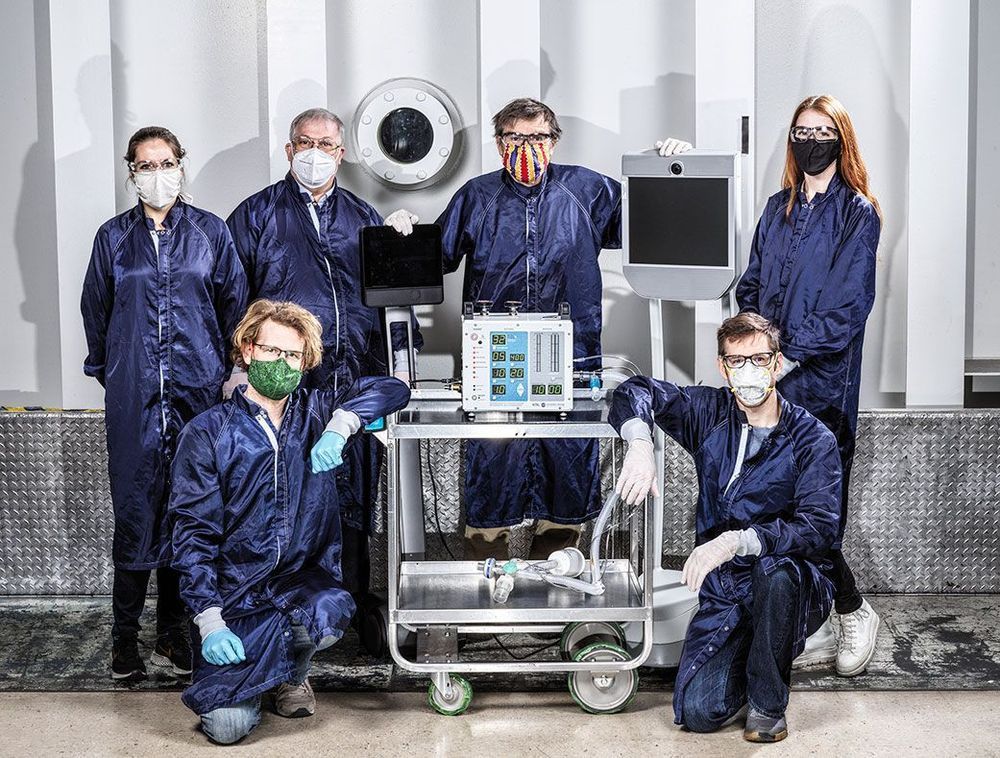
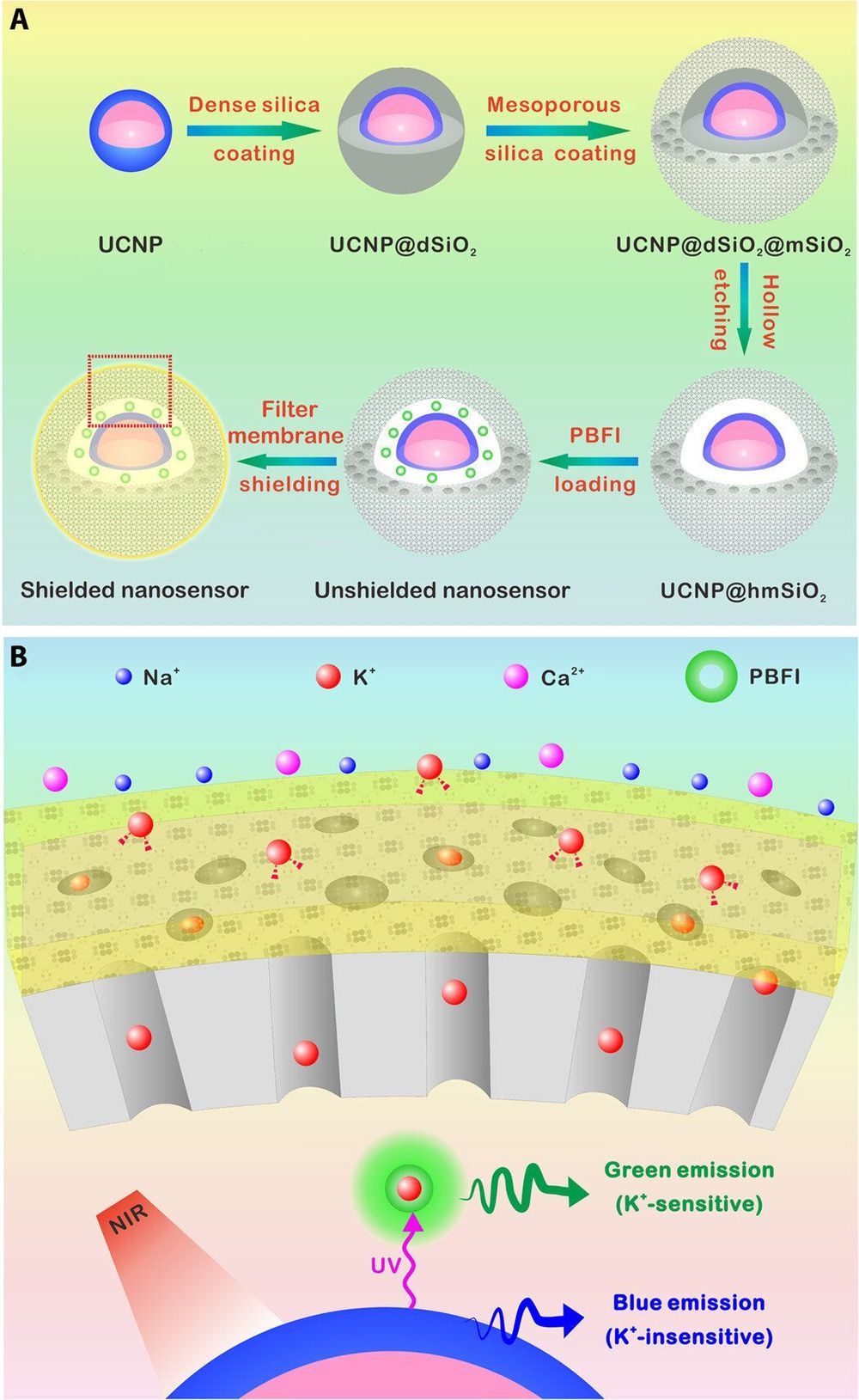
Highly sensitive nanosensor detects subtle potassium changes in the brain
Researchers have developed a number of potassium ion (K+) probes to detect fluctuating K+ concentrations during a variety of biological processes. However, such probes are not sensitive enough to detect physiological fluctuations in living animals and it is not easy to monitor deep tissues with short-wavelength excitations that are in use so far. In a new report, Jianan Liu and a team of researchers in neuroscience, chemistry, and molecular engineering in China, describe a highly sensitive and selective nanosensor for near infrared (NIR) K+ ion imaging in living cells and animals. The team constructed the nanosensor by encapsulating upconversion nanoparticles (UCNPs) and a commercial potassium ion indicator in the hollow cavity of mesoporous silica nanoparticles and coated them with a K+ selective filter membrane. The membrane adsorbed K+ from the medium and filtered away any interfering cations. In its mechanism of action, UCNPs converted NIR to ultraviolet (UV) light to excite the potassium ion indicator and detect fluctuating potassium ion concentrations in cultured cells and in animal models of disease including mice and zebrafish larvae. The results are now published on Science Advances.
The most abundant intracellular cation potassium (K+) is extremely crucial in a variety of biological processes including neural transmission, heartbeat, muscle contraction and kidney function. Variations in the intracellular or extracellular K+ concentration (referred herein as [K+]) suggest abnormal physiological functions including heart dysfunction, cancer, and diabetes. As a result, researchers are keen to develop effective strategies to monitor the dynamics of [K+] fluctuations, specifically with direct optical imaging.
Most existing probes are not sensitive to K+ detection under physiological conditions and cannot differentiate fluctuations between [K+] and the accompanying sodium ion ([Na+]) during transmembrane transport in the Na+/K+ pumps. While fluorescence lifetime imaging can distinguish K+ and Na+ in water solution, the method requires specialized instruments. Most K+ sensors are also activated with short wavelength light including ultraviolet (UV) or visible light—leading to significant scattering and limited penetration depth when examining living tissues. In contrast, the proposed near-infrared (NIR) imaging technique will offer unique advantages during deep tissue imaging as a plausible alternative.
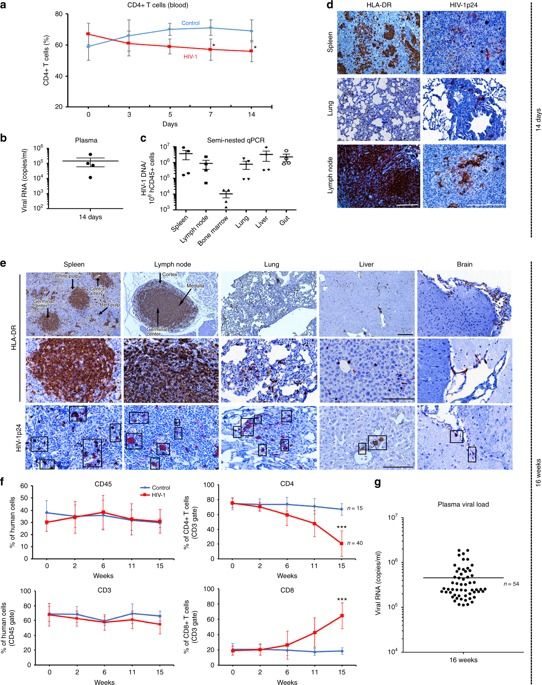
Sequential LASER ART and CRISPR Treatments Eliminate HIV-1 in a Subset of Infected Humanized Mice
Does anyone remember this from July 2019? 🤔.
Elimination of HIV-1 requires clearance and removal of integrated proviral DNA from infected cells and tissues. Here, sequential long-acting slow-effective release antiviral therapy (LASER ART) and CRISPR-Cas9 demonstrate viral clearance in latent infectious reservoirs in HIV-1 infected humanized mice. HIV-1 subgenomic DNA fragments, spanning the long terminal repeats and the Gag gene, are excised in vivo, resulting in elimination of integrated proviral DNA; virus is not detected in blood, lymphoid tissue, bone marrow and brain by nested and digital-droplet PCR as well as RNAscope tests. No CRISPR-Cas9 mediated off-target effects are detected. Adoptive transfer of human immunocytes from dual treated, virus-free animals to uninfected humanized mice fails to produce infectious progeny virus. In contrast, HIV-1 is readily detected following sole LASER ART or CRISPR-Cas9 treatment. These data provide proof-of-concept that permanent viral elimination is possible.
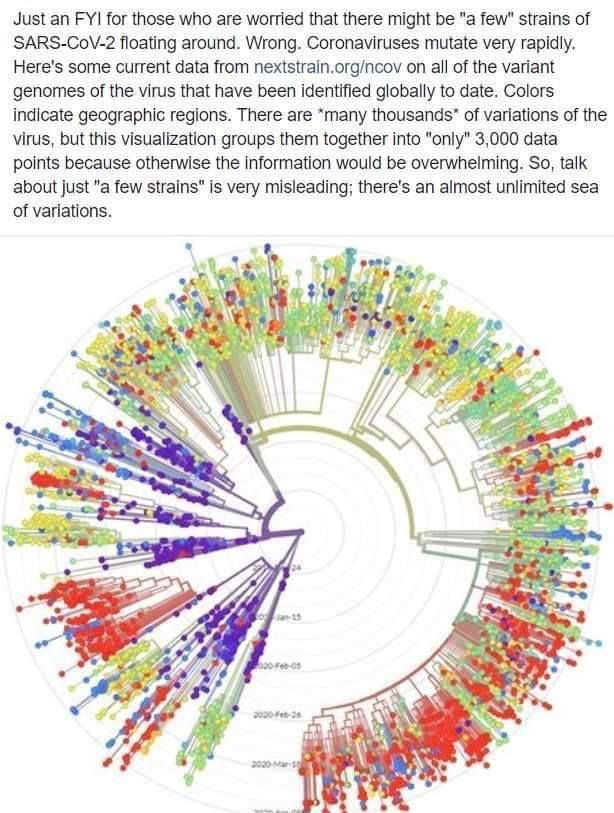
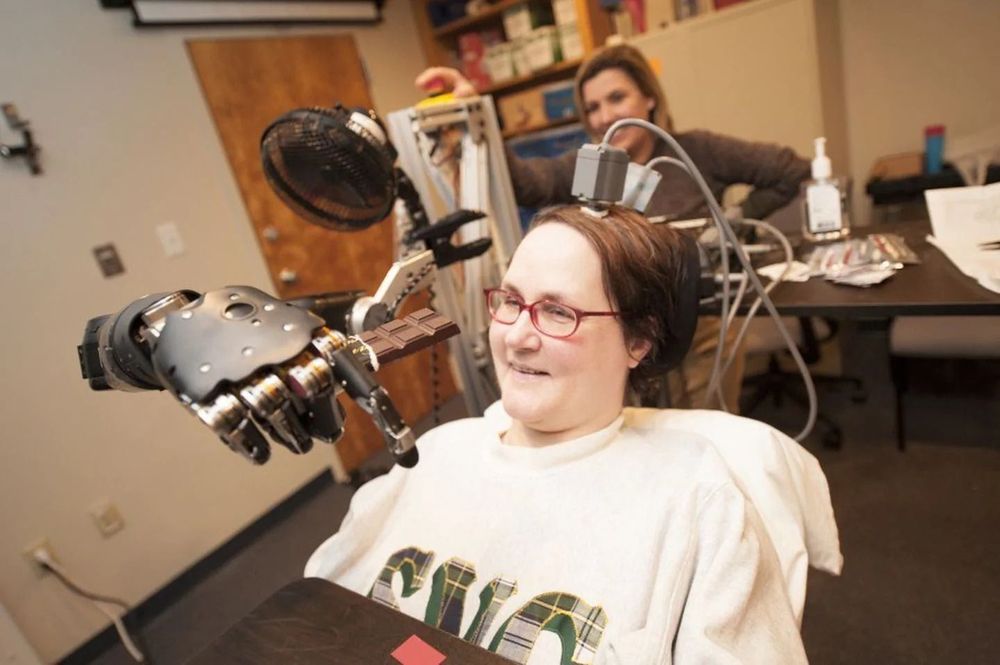


The manufacturer of Lysol issues a warning against the use of its disinfectant products for internal use after Donald Trump’s comments on a possible treatment for patients with coronavirus
Have a good day group 😅.
On Thursday, Donald Trump raised a few eyebrows as he spoke at the White House daily briefing on the coronavirus. Like us previously He reportedly suggested using UV lights or injecting disinfectants into a person affected by the virus.
Oddly enough, Trump’s suggestion not only sparked a conversation, as many people ignored him, but also prompted RB, the makers of Lysol and Dettol, to release a statement to assure everyone that their products are NOT for internal use, despite Trump’s suggestion.
On Friday, the company released the statement in its official website and said: “As a world leader in health and hygiene products, we must be clear that under no circumstances should our disinfectant products be administered to the human body (by injection, ingestion, or any other route). As with all products, our disinfectant products and hygiene should only be used as intended and in accordance with usage guidelines. Read label and safety information. We have a responsibility to provide consumers with access to accurate and up-to-date information as advised by leading health experts public ”.